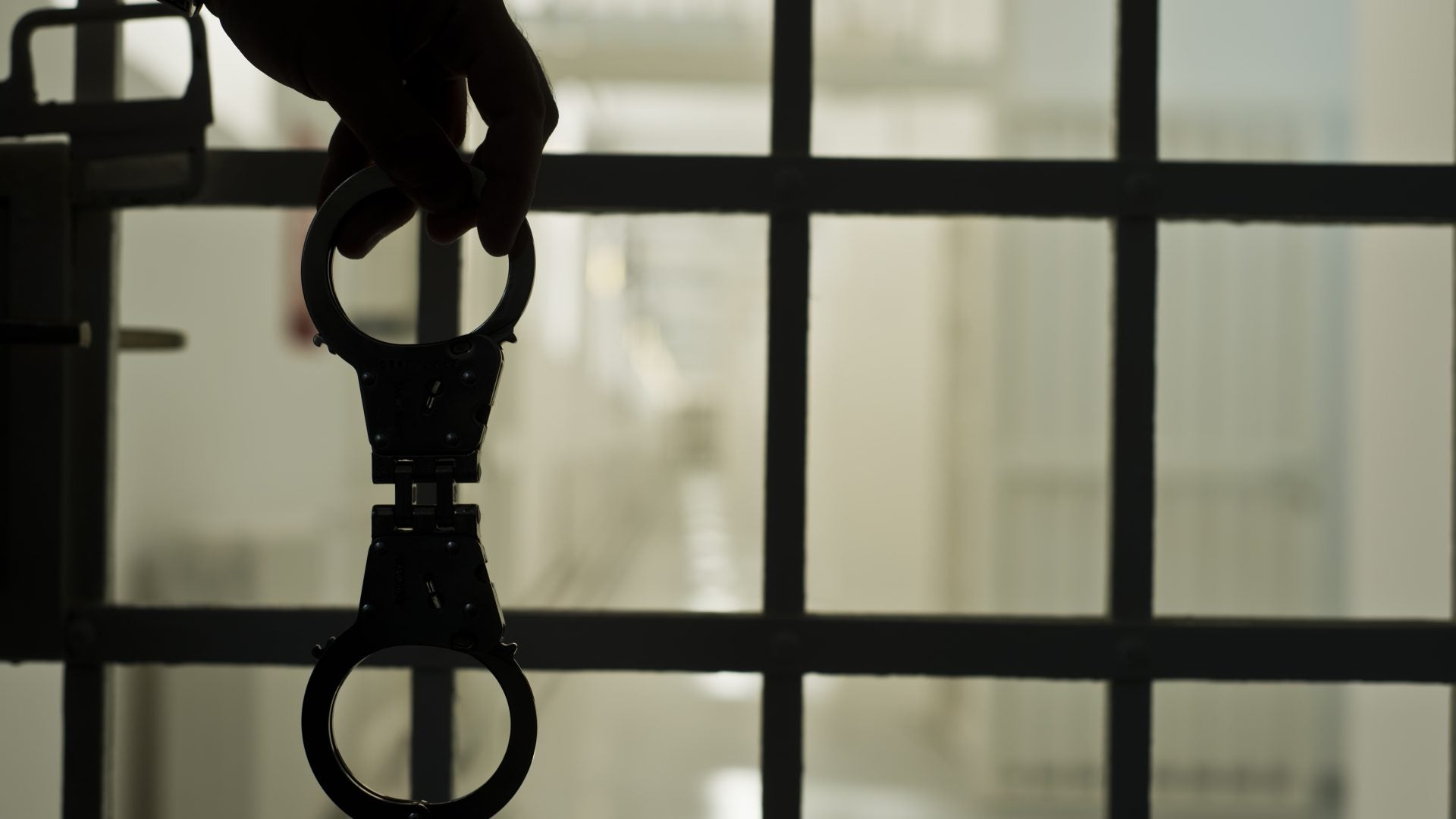
Last week, new data was released showing that reductions in arrests and jail populations does not lead to an increase in crime or adversely impact community safety, based off of studies produced from the Safety and Justice Challenge (SJC).
Sponsored by the John D. and Catherine T. MacArthur Foundation, “[t]he Safety and Justice Challenge is providing support to local leaders from across the country who are determined to tackle one of the greatest drivers of over-incarceration in America—the misuse and overuse of jails.” Challenge participants are tasked with “develop[ing] and model[ing] effective ways to keep people out of jail who don’t belong there, more effectively reintegrate[ing] those who must be confined into the community upon release, and help[ing] them stay out of jail thereafter. In doing so, they will demonstrate alternatives to incarceration as usual, creating models for reducing unnecessary jail use to make communities healthier, fairer, and safer.”
SJC collaborated with data experts from City University of New York’s Institute for State and Local Governance (CUNY ISLG) and the JFA Institute (JFA) to assess the public safety impacts of criminal justice reform strategies pre- and post-pandemic and released two reports last week with their findings: The Impact of COVID-19 on Crime, Arrests and Jail Populations and Jail Decarceration and Public Safety: Preliminary Findings from the Safety and Justice Challenge. These two studies focused on participating cities and counties and examined the public safety effects between 2015 and 2019 after the enactment of jail population reduction and the impact of COVID-19 on the criminal justice system, including crimes, arrests, and jail populaces, respectively.
Findings showed that “reducing over-incarceration in jails keeps us safe. Narratives connecting these reforms to rising crime rates are misleading and damaging.”
The studies’ analysis serves to provide evidence in direct opposition to those who tend to blame criminal justice reform for being the root cause of a rise in violent crime. For instance, jail population for one study participant, Lake County, IL, decreased by 27% during the pandemic due to the implementation of public health efforts, while both nonviolent and violent crimes declined by 11% between 2016 and 2019. This data further emphasizes that this country needs to rethink the conventional and established delineations of the meaning of public safety because this only acts as a detriment to communities, particularly BIPOC (black, indigenous, and other people of color) ones who are often oppressed by an unjust system, if true transformation in the form of fairness and equity is to be achieved.
Wendy Ware, president of the JFA Institute, commented, “It is time to break the misleading and mistaken connections between increased use of jails and increased public safety…We know how to safely reduce jail populations. The COVID-19 pandemic fueled the largest one-time decrease in jail populations in recent US history, and those practices should serve as the new standard for local criminal justice systems going forward. It is important to not allow a departure from historical trends to roll back policies and practices that reduce the harmful and unnecessary use of incarceration.”
Criminal Justice Director at the MacArthur Foundation Laurie Garduque stated, “there are better ways to hold people accountable instead of incarceration. When you start to shrink the footprint of the system, and do it safely, you’re in a posture that’s more fair and more effective.”






“These new data are further evidence that those who tell us we need to choose between safety and change are simply wrong…As cities and counties across the country ramped up efforts to rethink their local justice systems, overall crime rates steadily dropped in most places. We can make our justice systems fairer and effective while also keeping communities safe,” said Reagan Daly, research director of the City University of New York’s Institute for State and Local Governance.
These study’s findings indicate that supporting a jail population reduction and redefining a more inclusive public health and safety definition is critical in the efforts to help the most vulnerable who are often debilitated by a biased and prejudiced criminal justice system. While this is a good initial step, it is important to note that a singular effort to reduce jail populations is not enough to fix this country’s broken criminal justice system, which is besieged by racial inequities.







